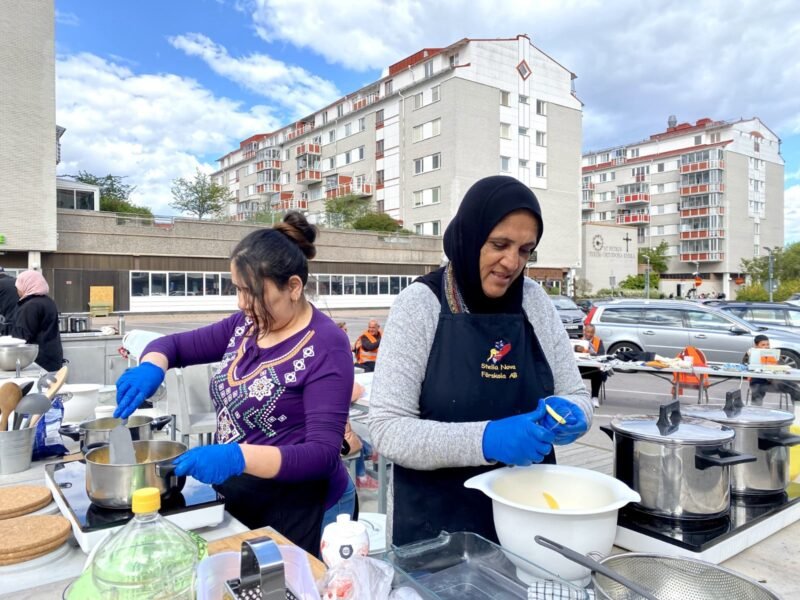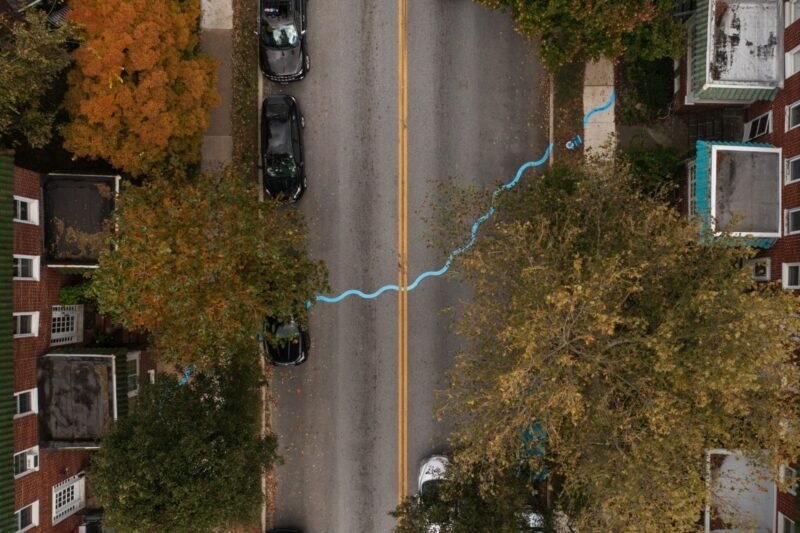On Kiosks, Part 1: Urbanism

We all know the kiosks on the busy streets of our world cities — those small, neat pop-up booths that sell about everything, from newspapers and magazines to cigarettes and cold drinks. Kiosks mean a lot to me, and to the city itself. At these colourful places, where tourists buy their public transport tickets and commuters grab a fresh newspaper in the morning, is the metropolitan vibe at its best.
Kiosks were common in Persia, India, Pakistan, and in the Ottoman Empire from the 13th century onward. Its name is derived from the Ottoman word ‘köşk’, which refers to “an old Ottoman style building, made of wood and clad with metal stones, (…) mainly used as a (…) recreational residence for the wealthy.” The Turkish brought the kiosk to Europe during the 18th century, and it developed itself into the typical booths like we know them these days.

On one hand, as I stated before, kiosks service the metropolitan lifestyle and contribute to social security and the quality of the city itself by providing goods on the street. On the other hand, kiosks are being rediscovered by new groups and are considered useful for contemporary urban design as it’s very easy to ‘plug’ into a city. It’s very flexible and pops up instantly. For instance, Berlin-based urbanism agency Raumlabor visited four Eastern European cities to look into the ‘kiosk situation’ in order to address the importance of these pop-up booths in public space. Their ‘Kioskisierung’ research project resulted in “kiosk trail maps, kiosk collectors’ microrayon, a manual on how to start a kiosk, a documentary film (all in four languages) and a transportable kiosk cinema.”
The kiosk is slightly getting a new face based on a more theoretical understanding of its importance and value. In the coming days I’ll provide you with a few examples of interesting modern kiosk projects.



